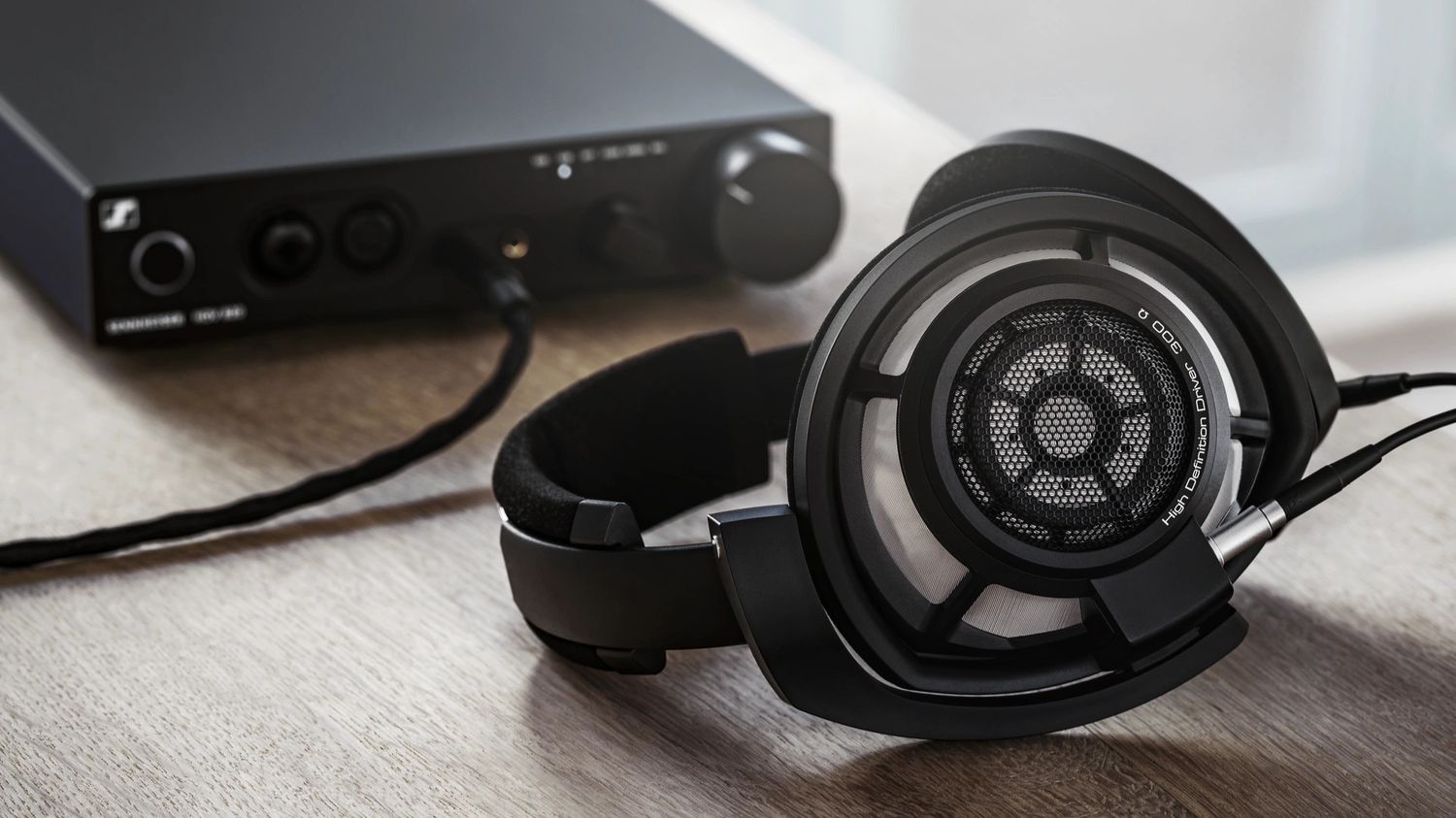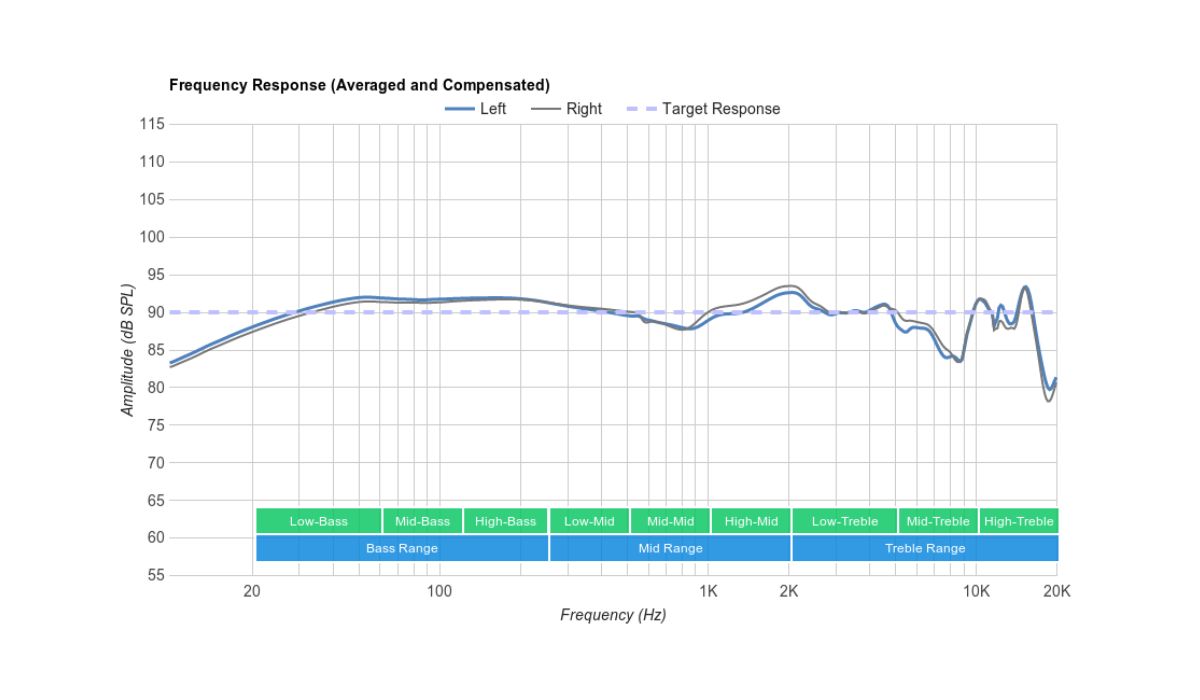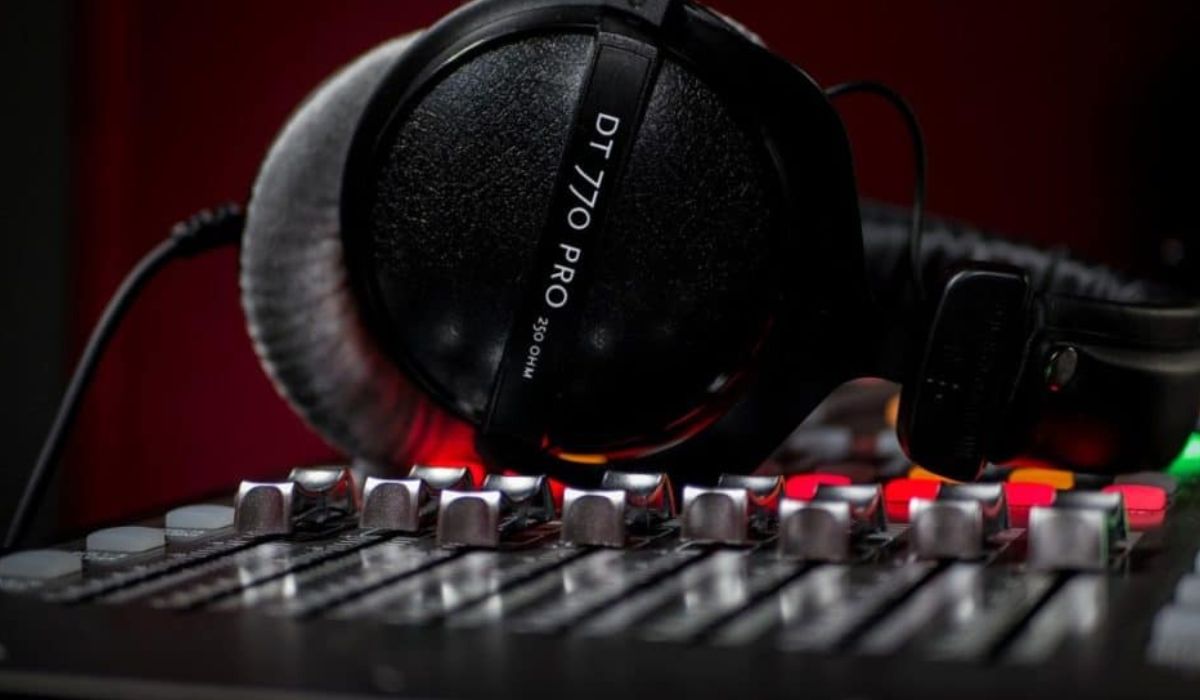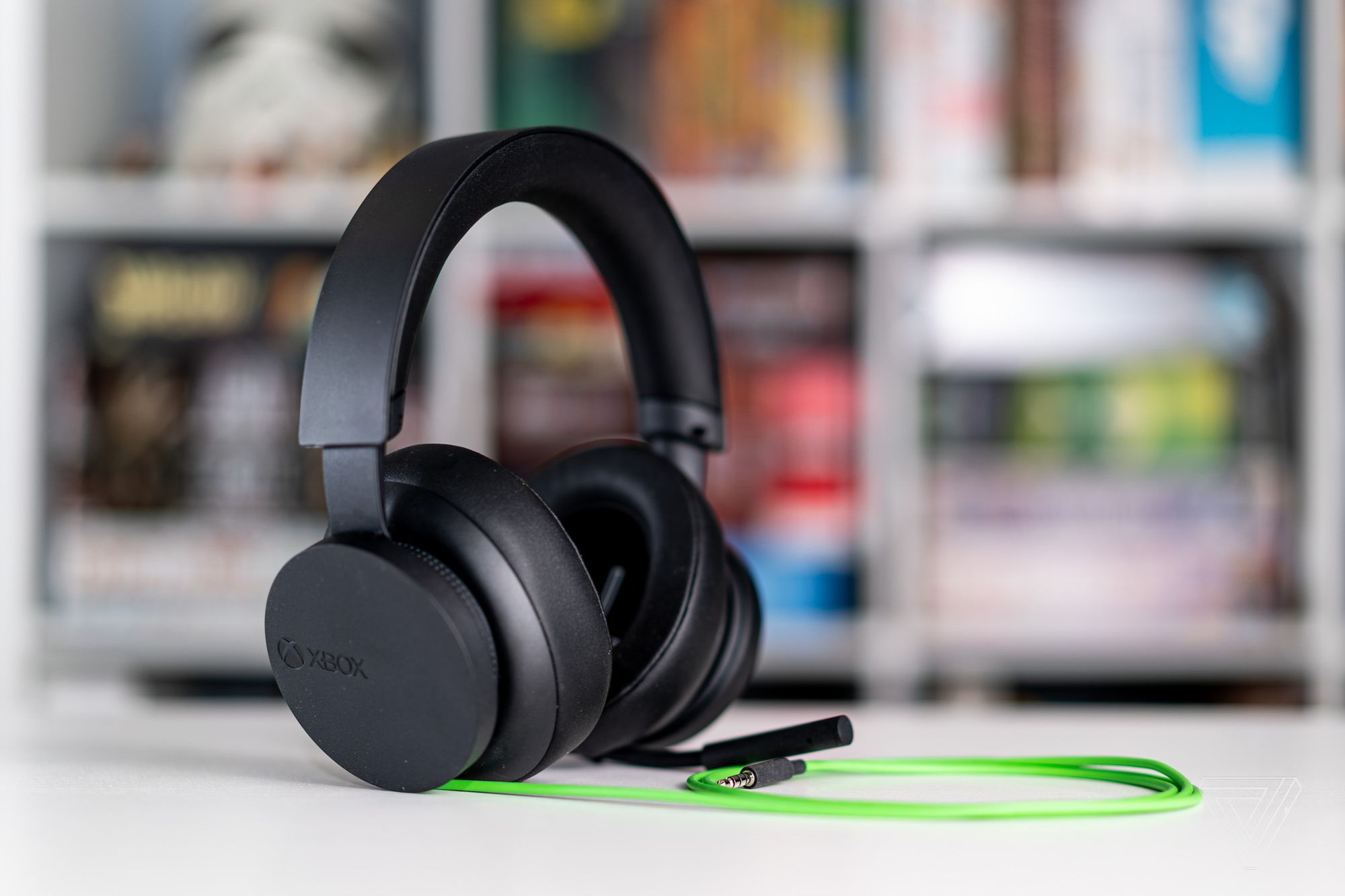Home>Instruments>Bass>How To Boost Bass On Headphones
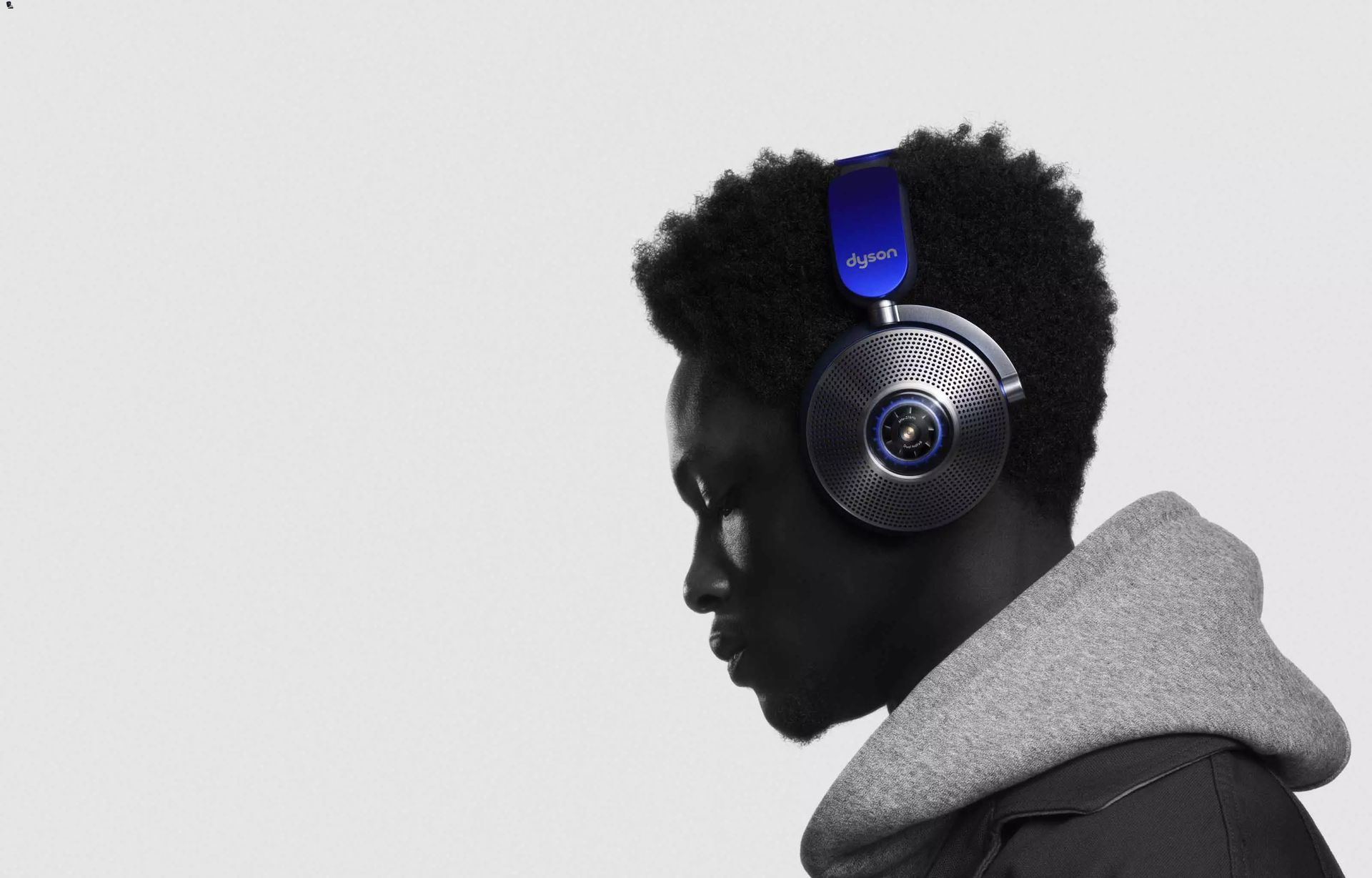

Bass
How To Boost Bass On Headphones
Modified: January 22, 2024
Discover how to enhance the bass on your headphones with our easy-to-follow guide. Get ready for immersive audio experience with just a few simple tweaks.
(Many of the links in this article redirect to a specific reviewed product. Your purchase of these products through affiliate links helps to generate commission for AudioLover.com, at no extra cost. Learn more)
Table of Contents
Introduction
Welcome to the world of bass! Whether you’re a music lover, a gamer, or an audiophile, you know that powerful bass can elevate your audio experience to a whole new level. But what if your headphones aren’t delivering the deep, booming bass you desire? Don’t worry – we’ve got you covered.
In this article, we’ll dive into the world of bass frequencies and explore various ways to boost the bass on your headphones. From understanding the fundamentals of bass frequency to utilizing equalizer settings and external devices, we’ll equip you with the knowledge and tools you need to enhance your headphone listening experience.
But before we go any further, let’s clarify what bass is all about. Bass refers to the lowest frequencies in the audio spectrum, typically ranging from 20Hz to 250Hz. These low-frequency sounds provide the foundation and richness for your music, adding depth and impact to every beat.
Now that we have a basic understanding of bass frequency, let’s delve into the different methods you can employ to boost the bass on your headphones.
Understanding Bass Frequency
Before we discover ways to boost the bass on your headphones, it’s important to have a solid understanding of bass frequency. Bass refers to the lower end of the audio spectrum, encompassing frequencies between 20Hz and 250Hz. These frequencies are responsible for producing deep, rich, and powerful sounds that can greatly enhance your listening experience.
Bass plays a crucial role in music, providing rhythm, depth, and texture to the overall sound. It adds a sense of weight and impact to drum beats, basslines, and other low-frequency elements like synthesized bass and electronic effects.
However, not all headphones are created equal when it comes to bass reproduction. Some headphones may struggle to accurately reproduce low-frequency sounds, resulting in a weaker or muddier bass response. This can be attributed to several factors, including the headphone’s driver size, design, and the materials used.
When it comes to headphone drivers, larger drivers tend to be more capable of producing deep bass notes. They can move more air, producing greater sound pressure and delivering more impactful low-end frequencies. Closed-back headphones also tend to have better bass response compared to open-back models, as they provide more isolation and prevent sound leakage.
Another factor that affects bass performance is the headphone’s frequency response curve. This curve represents how the headphones amplify or attenuate different frequencies. Ideally, you want a headphone with a flat or slightly boosted bass response, ensuring that the low-end frequencies are accurately reproduced without overpowering or distorting the rest of the audio.
It’s important to note that personal preference also plays a role in bass perception. Some listeners prefer a more exaggerated or emphasized bass, while others prefer a more balanced and neutral sound. Understanding your preferences can help you determine the best approach to boost the bass on your headphones.
Now that we have a solid understanding of bass frequency and its importance in audio, let’s explore the different methods and techniques you can utilize to enhance the bass on your headphones.
Choosing the Right Headphones for Bass
When it comes to boosting the bass on your headphones, selecting the right pair of headphones can make a significant difference in your audio experience. Here are some factors to consider when choosing headphones that excel in the bass department.
Driver Size: Larger headphone drivers typically produce better bass response. Look for headphones with drivers in the 40mm to 50mm range for optimal bass performance.
Headphone Design: Closed-back headphones are known for their ability to provide better bass response. They offer more isolation, preventing sound leakage, and allowing for a more immersive bass experience.
Bass Response: Look for headphones with a frequency response curve that emphasizes or highlights the lower end of the frequency spectrum. This curve indicates how the headphones reproduce different frequencies, and a boosted bass response can enhance the overall bass impact.
Build Quality: Well-built headphones with quality materials can deliver better bass performance. Look for headphones with sturdy construction and good overall build quality to ensure optimal sound reproduction.
Comfort: Comfort is key, especially if you’re planning to use your headphones for extended periods. Look for headphones with soft cushioning, an adjustable headband, and a lightweight design to ensure a comfortable fit.
Reviews and Recommendations: Reading reviews and seeking recommendations from fellow bass enthusiasts can help you identify headphones that excel in delivering powerful and punchy bass. Take the time to research and explore different options to find a pair that meets your needs and preferences.
Remember, choosing the right headphones is a personal decision, and what works for one person may not work for someone else. It’s essential to consider your own preferences, budget, and how you intend to use your headphones before making a final decision.
Now that we know what to look for in headphones, let’s move on to exploring different methods for boosting the bass on your headphones.
Adjusting Equalizer Settings
One of the most effective ways to boost the bass on your headphones is by adjusting the equalizer settings on your audio device. An equalizer allows you to modify the frequency response of your audio, giving you control over individual frequency bands, including the bass frequencies.
To begin, locate the equalizer settings on your device. This can typically be found in your device’s audio settings, music player app, or system preferences. Once you’ve accessed the equalizer settings, you’ll see a range of frequency bands that you can adjust.
When it comes to boosting the bass, focus on the lower frequency bands, usually labeled as “Bass” or “Low.” Increase the sliders or gain controls for these frequency bands to boost the intensity of the bass in your audio. Start with small adjustments and listen to the changes in sound as you make modifications.
Experimentation is key when adjusting the equalizer settings. Play around with different settings and observe how each adjustment affects the bass response. Keep in mind that boosting the bass too much can result in muddiness or distortion in the audio, so it’s important to strike a balance that complements your listening preferences.
Additionally, many audio devices and music player apps offer preset equalizer settings tailored for different music genres or audio profiles. These presets can provide a quick and easy way to enhance the bass without the need for manual adjustment. Explore the available presets and see if any of them provide the desired bass boost.
Remember to save your equalizer settings once you’ve achieved the desired bass boost. This way, you won’t have to readjust the sliders every time you listen to music or use your headphones.
Adjusting the equalizer settings can significantly enhance the bass on your headphones, allowing you to customize your audio experience to your liking. However, this method may be limited to the audio device or music player app you’re using, so it’s essential to explore further options for enhancing bass if needed.
Now that we’ve covered equalizer adjustments, let’s move on to exploring other methods for boosting the bass on your headphones.
Utilizing Bass Boost Features
If you’re looking for a quick and convenient way to boost the bass on your headphones, look no further than the built-in bass boost feature that many audio devices and headphones offer. Bass boost is a specialized equalization setting that emphasizes the lower frequencies, giving your audio a more pronounced and impactful bass response.
When enabled, the bass boost feature applies a predefined or user-configured EQ setting that enhances the bass frequencies. This setting typically increases the gain or amplification of the lower frequency bands, giving your audio a punchier and more immersive bass experience.
The bass boost feature can be found in different forms depending on your audio device or headphones. Some devices offer a dedicated physical button or switch to activate the bass boost, while others provide a digital option within their audio settings or control panel.
To utilize the bass boost feature, locate the option within your device’s settings or control panel. Activate the feature and listen to the changes in the audio. You can adjust the intensity of the bass boost if the device allows for customization.
It’s important to note that while the bass boost feature can enhance the low-end frequencies, excessive use of this feature may result in a distorted or overpowering bass response. Experiment with different levels of bass boost and find the setting that provides the desired balance between a powerful bass and overall audio quality.
Keep in mind that not all devices or headphones offer a bass boost option. If your current device lacks this feature, don’t worry! There are still other methods to explore for boosting the bass on your headphones.
Now that we’ve covered utilizing the bass boost feature, let’s move on to exploring additional techniques for enhancing the bass on your headphones.
Enhancing Bass with Audio Settings
In addition to adjusting equalizer settings and utilizing bass boost features, there are other audio settings you can tweak to enhance the bass on your headphones. These settings can be found in your audio device’s settings or music player app and allow you to further customize the bass response to your liking.
Sound Enhancements: Many audio devices offer sound enhancement features such as “Bass Enhancement” or “Virtual Surround.” These settings work by adding depth and dimensionality to the audio, including the bass frequencies. Experiment with these settings to see if they provide the desired bass boost effect.
Sound Presets: Some audio devices and music players come with predefined sound presets that can enhance specific elements, including bass. These presets are often tailored for different music genres or audio profiles. Explore the available presets and see if any of them enhance the bass in a way that suits your preferences.
Crossfade: Crossfade is a feature found in some music player apps that allows seamless transitions between tracks. Enabling crossfade can enhance the overall listening experience, including the bass impact. It helps create a continuous flow of music, ensuring the bass frequencies aren’t abruptly cut off.
Volume Leveling: Inconsistent volume levels can affect the perceived bass impact. Enable volume leveling or normalization settings on your audio device to balance the volume across different tracks. This ensures a consistent bass experience, regardless of the audio source.
Audio Enhancing Apps and Plugins: Depending on your device, you may have access to audio enhancing apps or plugins that offer advanced features for modifying the audio settings. These apps can provide additional control over the bass response, allowing for a more tailored and precise bass boost.
Remember, the effectiveness of these audio settings may vary depending on your device and the quality of the audio files you’re listening to. It’s always a good idea to experiment with different settings and combinations to find the right mix that enhances the bass to your liking.
Now that we’ve explored various audio settings for enhancing bass, let’s move on to discussing external bass boost devices.
Using External Bass Boost Devices
If you’re looking to take your bass-boosting capabilities to the next level, consider using external bass boost devices. These devices are designed specifically to enhance the bass response of your headphones and provide a more immersive audio experience.
One popular type of external bass boost device is a portable headphone amplifier. These amplifiers are compact and portable, allowing you to connect them between your audio source (such as a smartphone or music player) and your headphones. They provide additional power and amplification to the audio signal, resulting in a more pronounced and impactful bass.
When choosing a portable headphone amplifier, look for models that specifically mention their ability to boost bass or offer customizable bass enhancement features. Some amplifiers even come with built-in equalizers, allowing you to fine-tune the bass frequencies to your preferences.
Another option is a dedicated bass enhancer or bass boost processor. These devices typically connect between your audio source and your headphones and offer advanced bass enhancement algorithms. They analyze the audio signal and apply specific processing to enhance the bass frequencies, resulting in a more powerful and prominent bass response.
It’s important to note that external bass boost devices may come at an additional cost and require separate power sources or batteries. However, they can significantly enhance the bass on your headphones, especially if you’re an avid bass enthusiast or audiophile.
When using external bass boost devices, it’s essential to follow the manufacturer’s instructions and recommendations to ensure optimal sound quality and performance. Experiment with different settings and configurations to find your desired bass enhancement level without compromising sound accuracy or clarity.
Finally, it’s worth mentioning that external bass boost devices may not be necessary for everyone. Depending on the quality and capabilities of your headphones and audio device, you may be able to achieve a satisfactory bass boost using the built-in features and settings.
Now that we’ve covered the use of external bass boost devices, let’s move on to sharing some additional tips for improving bass performance on your headphones.
Tips for Improving Bass Performance
Boosting the bass on your headphones isn’t just about adjusting settings or using external devices. There are some additional tips and techniques you can implement to further enhance the bass performance and overall audio experience. Let’s explore them:
Improve Audio Source Quality: The quality of your audio source plays a significant role in the bass performance. Use high-quality audio files, such as those in lossless formats or with high bitrates, to ensure you’re starting with the best possible audio source.
Ensure Proper Headphone Placement: The way you wear your headphones can impact the bass response. Make sure they are positioned correctly over your ears, creating a proper seal. This helps to isolate external noise and enhances the bass performance.
Upgrade Your Headphone Pads: Over time, headphone pads can wear out or become compressed, affecting the bass response. Consider replacing your headphone pads with new ones that provide a better seal and improve bass performance.
Position Yourself for Optimal Listening: Sitting in the right spot can make a difference in how you perceive the bass. Sit in the center or sweet spot of the stereo imaging to experience a more balanced and immersive bass response.
Experiment with Audio Cable Upgrades: While it may not be a significant factor, upgrading your audio cables can potentially improve the sound quality, including the bass performance. Look for cables that offer better conductivity and shielding for a cleaner audio signal.
Consider Soundproofing: External noise and unwanted vibrations can affect bass performance. If possible, create a quiet and soundproof environment to maximize the bass impact and minimize distractions.
Give Your Ears a Break: If you’ve been searching for the perfect bass sound for an extended period, your ears may become fatigued. Take regular breaks to rest your ears, which can help refresh your perception of bass and prevent auditory fatigue.
Implementing these tips alongside the previously mentioned methods can further enhance the bass performance on your headphones and provide a more immersive and enjoyable audio experience.
Now that we’ve covered various tips and techniques, let’s wrap up our discussion.
Conclusion
Boosting the bass on your headphones is an exciting endeavor that can greatly enhance your audio experience. From adjusting equalizer settings to utilizing bass boost features, exploring external devices, and implementing various tips, there are plenty of options to achieve the desired bass performance.
Understanding the fundamentals of bass frequency and choosing headphones with excellent bass response are essential starting points. From there, you can fine-tune the bass using equalizer settings, take advantage of built-in bass boost features, or harness the power of external devices like headphone amplifiers or dedicated bass enhancers. Each method offers its own unique benefits and levels of customization.
Additionally, exploring audio settings, upgrading headphone components, and considering environmental factors can further improve the bass performance and overall audio quality. Remember to take breaks when necessary to prevent auditory fatigue and to give your ears a chance to rest.
Ultimately, the journey to achieving the perfect bass on your headphones is a personal one. Experiment with different settings and techniques to find the balance that suits your preferences and listening style.
So, go ahead and dive into the world of bass on your headphones. Whether you’re listening to music, immersing yourself in gaming audio, or enjoying your favorite movies, the enhanced bass will undoubtedly elevate your audio experience to new heights.

